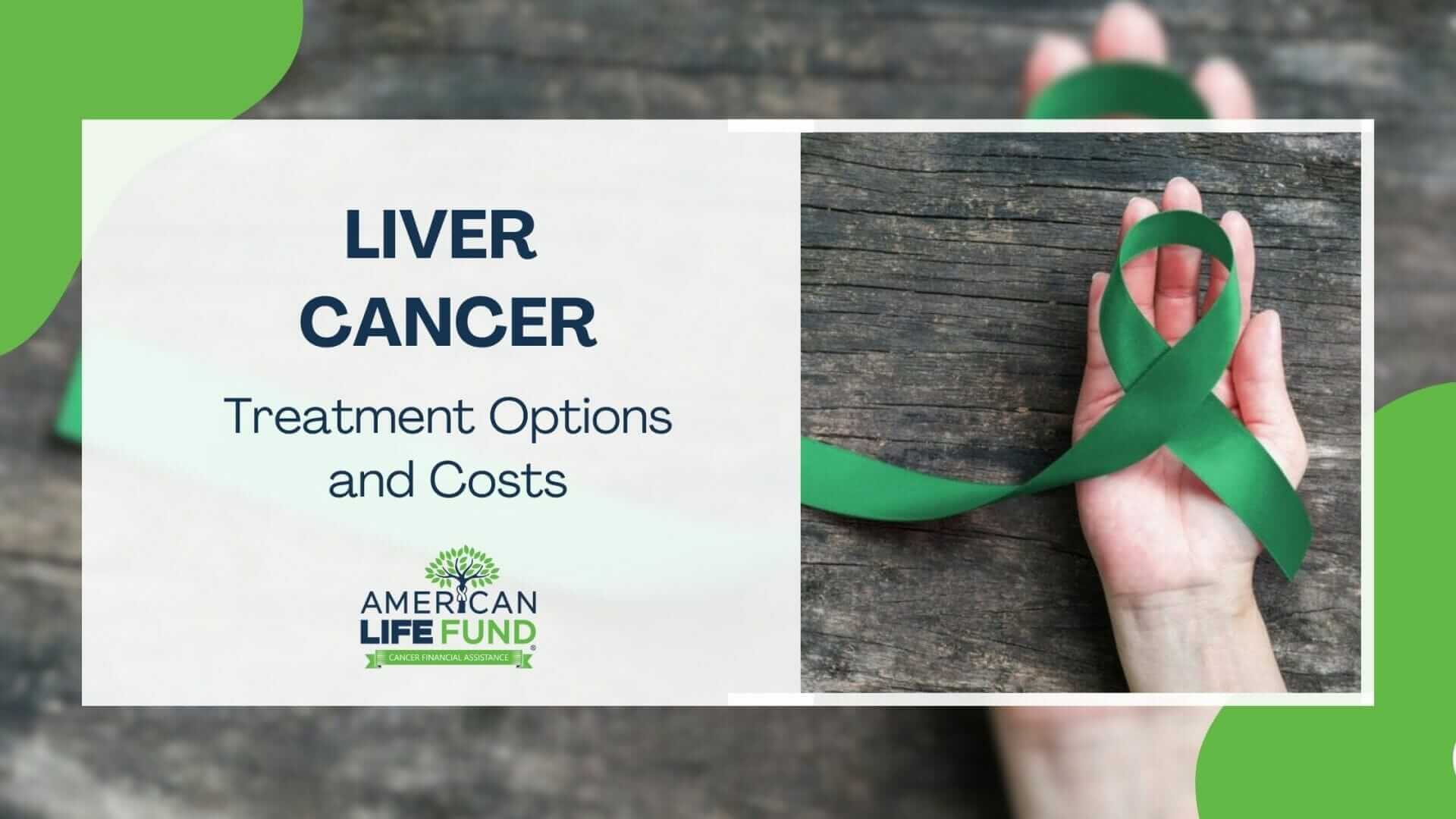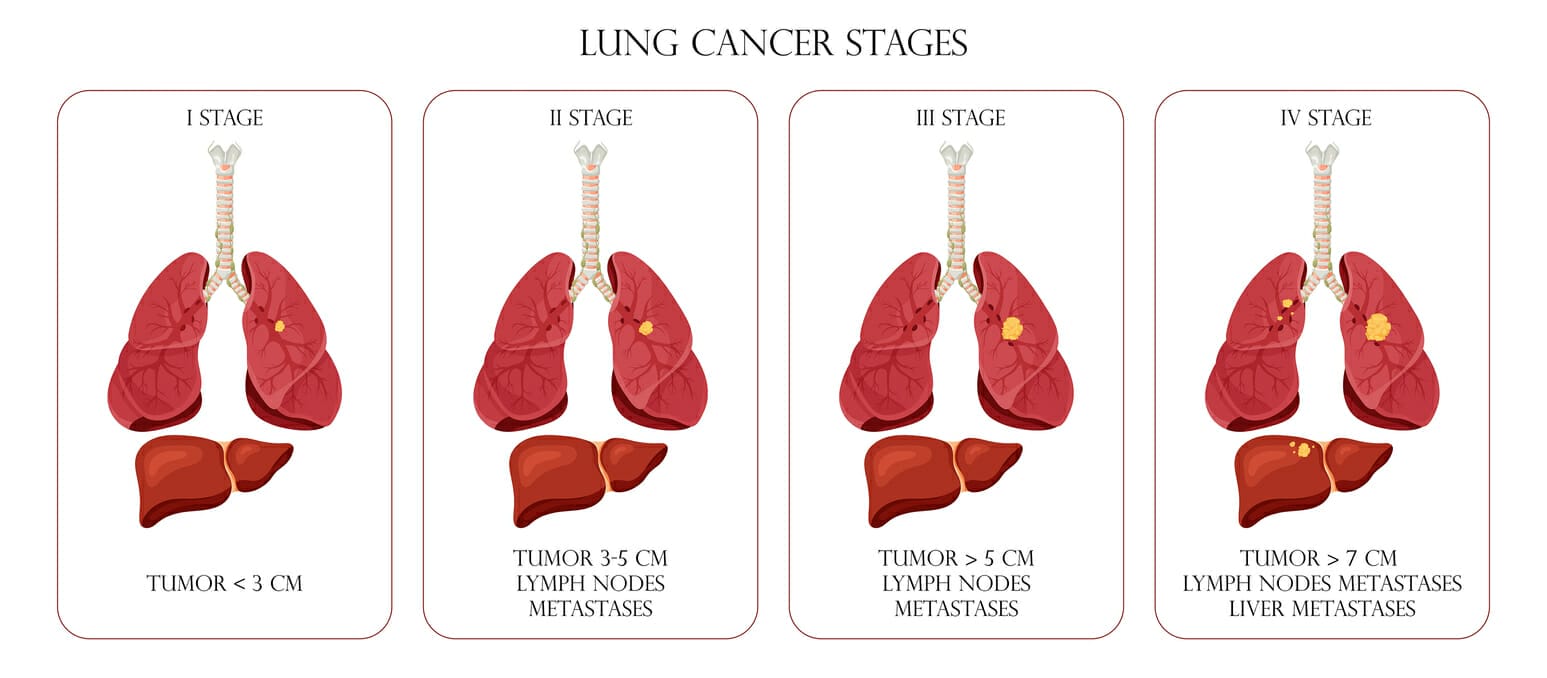Liver cancer treatment can be expensive, with costs depending on the type of treatment, the stage of cancer, and the patient’s health. Diagnostic tests like CT scans and blood tests can cost between $500 and $5,000. Symptoms such as fatigue, weight loss, abdominal pain, and jaundice usually appear when the cancer is more advanced.
Treatment costs for liver cancer: Stage I treatments can range from $30,000 to $50,000, Stage II from $50,000 to $100,000, and Stage IV can go over $200,000. Surgery, chemotherapy, radiation therapy, and targeted therapy are common treatments, with liver transplants being the most expensive, averaging about $800,000.
To help manage these costs, patients have options for financial support. Government programs, pharmaceutical company assistance, and organizations like the National Cancer Institute can provide resources. Additionally, American Life Fund offers financial assistance through life insurance settlements, which can be a lifeline for those that are experiencing high treatment costs.
Diagnosing Liver Cancer
The first step in liver cancer treatment is, of course, diagnosis. Liver cancer is most often diagnosed with a combination of imaging tests and blood tests.
Imaging tests such as CT scans or MRIs can help identify liver tumors. Blood tests can also help diagnose liver cancer, as they can help to identify elevated levels of certain liver enzymes that may be indicative of liver cancer.
Symptoms of Liver Cancer
Liver cancer often does not cause any symptoms in its early stages. As cancer grows, however, it can cause several different symptoms.
Some common symptoms of liver cancer include:
- Fatigue
- Weight-loss
- Pain in the abdomen or side
- Jaundice (yellowing of the skin and eyes)
- Nausea and vomiting
- Fever
Many different conditions can cause these symptoms, so it is important to see your doctor if you are experiencing them.
Costs For Diagnosing Liver Cancer
The cost of liver cancer diagnosis will vary depending on the tests performed. Imaging tests such as CT scans or MRI can be expensive, and the cost of blood tests can also add up.
You can generally expect to pay anywhere from $500 to $5000 for a liver cancer diagnosis.
Types of Primary Liver Cancer
There are a few main types of liver cancer, the most common of which is hepatocellular carcinoma. This liver cancer begins in the liver cells and is the most common type worldwide.
Other types of liver cancer include cholangiocarcinoma, which begins in the bile ducts, and angiosarcoma, which begins in the liver’s blood vessels.
Liver Cancer Stages
Once liver cancer has been diagnosed, the next step is determining the cancer stage. The stage of liver cancer refers to how far cancer has spread. There are four main stages of liver cancer:
Stage I Liver Cancer:
The cancer is confined to the liver.
Stage II Liver Cancer:
The cancer has spread to nearby lymph nodes.
Stage III Liver Cancer:
The cancer has spread to other organs such as the lungs or stomach.
Stage IV Liver Cancer:
The cancer has spread to multiple organs and is considered to be terminal.
Costs of Liver Cancer Treatment by Stage
The stage of liver cancer will affect the treatment costs and options available to you.
The earlier liver cancer is caught, the better the chances are for successful treatment and lower liver treatment costs. Whether you have primary or secondary liver cancer will also affect liver cancer treatment costs.
Stage I liver cancer treatment costs can range from $30,000 to $50,000. These costs will typically be covered by insurance.
Stage II liver cancer treatment costs can range from $50,000 to $100,000. As with Stage I liver cancer, these costs will typically be covered by insurance.
Stage III liver cancer treatment costs can range from $100,000 to $200,000. These costs are often not covered by insurance, and patients may have to pay out of pocket for treatment.
Stage IV liver cancer is considered terminal, and treatment costs will vary depending on the course of treatment chosen. Hospice care, for example, is typically covered by insurance, while clinical trials may not be.
The costs of treatment may also vary from person to person.
Liver cancer treatment costs can be expensive, but some resources are available to help patients and their families pay for treatment. These resources include government assistance programs, patient assistance programs offered by pharmaceutical companies, and charitable organizations such as the National Cancer Institute.
How Is Liver Cancer Treated?
The most common treatment for liver cancer is surgery. In many cases, surgeons can remove the tumor surgically if it is caught early enough.
However, liver cancer often spreads quickly and can be difficult to remove completely. Other treatments such as chemotherapy, radiation therapy, and targeted therapy may be used in these cases.
Liver cancer treatment costs will vary depending on the course of treatment that is chosen. Surgery is typically the most expensive option, while chemotherapy and radiation therapy are less expensive.
What Treatment Options Are Used For Liver Cancer?
There are a number of different options available for liver cancer, and the best treatment for you will depend on many factors, including the stage of your liver cancer, your overall health, and your personal preferences.
Some of the most common liver cancer treatments include:
Radiation Therapy
Radiation therapy uses high-energy beams to kill cancer cells. It is typically used with other liver cancer treatments such as surgery or chemotherapy.
The average cost of radiation therapy for liver cancer is around $50,000.
Liver Cancer Surgery
One of the most common liver cancer treatments is surgery. Liver cancer surgery can involve many procedures, including liver resection, liver transplant, and ablation.
Targeted Therapy
Targeted therapy is a type of treatment that targets specific genes or proteins that are involved in the growth and spread of cancer cells.
Targeted therapy is typically used in combination with other liver cancer treatments such as surgery or chemotherapy.
The average cost of targeted therapy for liver cancer is around $100,000.
Chemotherapy
Chemotherapy is a cancer treatment that uses drugs to kill cancer cells. It is often combined with other liver cancer treatments such as surgery or radiation therapy.
The average cost of chemotherapy for liver cancer is $100,000.
Minimally Invasive Treatments
In some cases, liver cancer can be treated with minimally invasive techniques such as radiofrequency ablation or microwave ablation.
Minimally invasive treatments are typically less expensive than traditional liver cancer treatments such as surgery.
The average cost of a minimally invasive liver cancer treatment is around $30,000.
Innovative Treatment Methods For Liver Cancer
Treatments that are more cutting-edge and innovative are being created all the time, and new treatment choices may become accessible in the future.
Liver Cancer Treatment Drugs
There are a number of different liver cancer treatment drugs available. The most critical choice you’ll make is whether or not to endure chemotherapy.
The length and intensity of therapy and the side effects will all play a role in determining your best strategy.
Some of the most common liver cancer treatment drugs include:
- Adriamycin is typically used in combination with other liver cancer treatments such as surgery or radiation therapy. The average cost of Adriamycin for liver cancer treatment is around $100,000.
- Doxorubicin works by interfering with the growth of cancer cells and preventing them from spreading. The average cost of Doxorubicin is around $579 per 10 milliliters.
- Etoposide works by interfering with the growth of cancer cells and preventing them from spreading. The average cost of Etoposide is around $350 per 100 milliliters.
What Are The Different Factors in Determining The Treatment Costs For Liver Cancer?
The cost of liver cancer treatment will vary depending on many factors, including:
- The stage of liver cancer
- The type of liver cancer
- The location of the tumor
- The type of treatment
- How many treatments are required
- How long do the treatments last
Other things play a factor, such as needing a liver transplant. Liver transplants are one of the most expensive liver cancer treatments, costing an average of $579,000. Needing to have a liver transplant, you may be able to reduce the cost of your treatment by:
– Finding a liver transplant program that offers a discount for people with liver cancer
– Getting a liver transplant from a living donor
– Participating in a clinical trial for liver cancer treatment
If you’re not eligible for a liver transplant, there are still ways to reduce the cost of liver cancer treatment. Many hospitals offer discounts for people who are uninsured or underinsured. See our blog on financial assistance for liver cancer for more information.
Estimated Annual Treatment Costs For Liver Cancer
The American Cancer Institute estimates the annual liver cancer treatment costs to be:
Treatment costs can range from $30,000 for minimally invasive treatments to $200,000 for surgery.
The cost of liver cancer treatment drugs varies widely, from around $579 for some drugs.
Cost of Liver Cancer Care
On average, liver cancer care costs $134,000. You may qualify for these rebates if you have health insurance and your carrier refuses payment for any medical procedures. There are a variety of strategies to help you save money on liver cancer treatment.
Average US Income vs. Cost of Liver Cancer Care
By country, liver cancer treatment costs may vary significantly. The typical cost of liver cancer treatment in the United States is $140,000. The average household income in the United States is $50,000.
This means that the cost of liver cancer care is nearly three times the average US household income.
The cost of liver cancer treatment also varies by type of liver cancer diagnosis. The most common types of liver cancer are hepatocellular carcinoma (HCC) and cholangiocarcinoma (CCC).
The average cost of liver cancer treatment for HCC is $164,000.
How Much Would a New Liver Cost?
A liver transplant is the most expensive liver cancer treatment, costing an average of $800,000. Patients with liver cancer often have many different treatment options available to them. The best treatment course will depend on several factors, including the stage of the liver cancer, the patient’s overall health, and personal preferences.
Is it Possible to Cure Liver Cancer?
The liver is a complex organ; liver cancer can be difficult to treat. The treatment costs for liver cancer can vary greatly depending on the type and stage of cancer and the course of action taken. In some cases, treatment may be minimal and involve only a change in diet or medication. However, more invasive treatments such as surgery or chemotherapy can be expensive. It is important to discuss your treatment options with your doctor and seek a second opinion if necessary to ensure you are getting the best possible care at an affordable price.
Organizations like American Life Fund offer liver cancer insurance for cancer patients that can help with the costs of liver cancer treatment.
Liver cancer is one of the diseases that American Life Fund covers with their cancer insurance policy. This policy can help to offset the costs of liver cancer treatment, giving you one less thing to worry about during this difficult time. Visit their website today to learn more about this policy and get a free estimate.
The financial costs of any cancer are significant; learn about the costs and benefits of early diagnosis of pancreatic cancer here.








